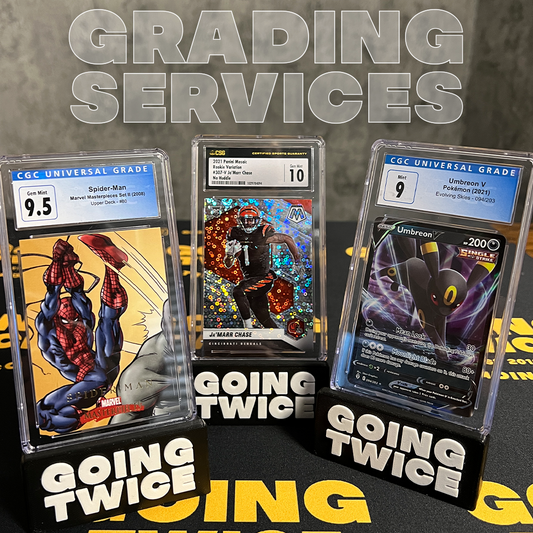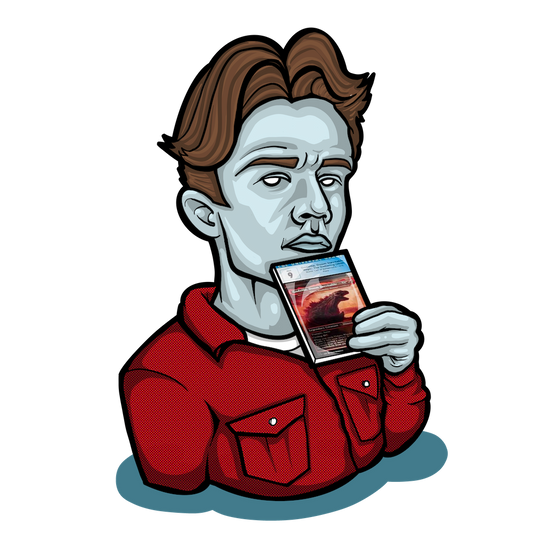We left off in last week’s article right when Shigeru Miyamoto stepped in to give Game Freak some much needed support right after Nintendo’s initial dismissal of their new game, “Capumon”. With some persuasion on Miyamoto’s part, Nintendo agreed to approve the project, with an initial release date set for December of 1991. As we all know, it would be quite a lot longer than that before Pokemon ever hit the shelves.
The game that had been pitched was very different from what would later be released as Red and Green version. Initially, trainers would capture Pokemon by befriending them, the success of which would be determined by a “charisma” stat that could be increased as the game progressed. The battle mechanic and capturing the Pokemon after whittling down their hit points was introduced much later on in the game’s development. Early on the trainer played a much larger role in how interactions with other Pokemon occurred, but trainer stats were scrapped to keep the focus on the Pokemon.

While all these changes were occurring, and decisions about how storage space would be utilized for the game, Game Freak still needed some way of paying for themselves. Once again, Miyamoto came to the rescue. He introduced Satoshi Tajiri to Gunpei Yokoi, the creator of the Game Boy, and he assigned the Game Freak team to the unexpectedly popular puzzle game Yoshi, and later another hit, Pulseman. In total, Game Freak would make 6 games before they finally were able to release Pokemon. Unfortunately, this meant the deadline for releasing Pokemon kept having to be pushed back, and while hits like Yoshi certainly provided some greatly needed cash, it wasn't nearly enough to cover all of Game Freak’s expenses. Tajiri was unable to pay himself anything at times and had to rely on his father for financial support.
The storm that almost killed Pokemon was clearly on the horizon. Game Freak was not a large company, so the financial woes were difficult to hide from employees. The situation became almost fatal when, upon learning how dire the finances of the company were, 5 programmers quit all at once, presumably afraid the company was soon to collapse and they would be left unpaid for any work they had done. Scrambling to hold things together, Junichi Masuda, who had experience as a professional gaming programmer, tried to step in and heft the immense workload himself. However, Masuda and Tajiri were unfamiliar with the Unix code their programmers had been using to make Pokemon, and while attempting to figure it out, Masuda inadvertently caused the entire workstation to crash, potentially losing all Pokemon’s data and essentially killing the game forever. Had they been unable to recover the data, it is very likely Game Freak would have dissolved and Pokemon simply would have never existed. Would Digimon have become even bigger? Who knows, that reality exists somewhere else, but in ours they DID recover it and the game was saved from utter destruction.
Pokemon wasn’t in the clear yet however. By 1994, three more members had joined the team, most notably in my opinion, Atsuko Nishida, the first female member of the team. Nishida would go on to create both Pikachu and Charizard, the two most popular Pokemon in the franchise, so the value of her joining the team cannot be understated. She is second to only Ken Sugimori in terms of how many Pokemon can be attributed to her creation. The idea of Pokemon evolutions had also entered the game, both by levels, trade, and evolution stones, and the world and characters were starting to come together. So all was going great, a talented team had been assembled, and there were no more issues, right? No. The battle mechanic of the game had clearly been part of the idea for Pokemon since it had been called Capumon back in 1990. However, storage space on the game cartridges was becoming a serious issue and the time they had to work with was becoming short. Shigeki Morimoto, the lead programmer behind the battle system, described in an interview how they had almost scrapped the entire aspect of the game, deciding it would be too much of a pain to program for not enough pay off. Nintendo was insistent however, and Game Freak went down to the wire getting the battle mechanics worked out ahead of the initial release date of October 1995. However, they stayed on pace and Tajiri finally got to send a prototype over to Creatures Inc founder Tzunekazu Ishihara ahead of the scheduled release date and relax for the first time in 5 years.
Or he would have, if Ishihara didn't play the game and then immediately call Tajiri saying the game needed to be completely rewritten because the plot was confusing and the game had no soul, a pretty rough review for your life’s work. Tajiri had to jump right into action, and in only 6 months had remade the game with a new plot and new script after essentially starting from scratch. This delay was almost the final nail in Pokemon’s coffin. Green and Red version were finally released on February 27, 1996, meaning they had completely missed the holiday season and the chance to cash in on the opportunities that presented. Sales numbers were not impressive, ranking Pokemon as only the tenth most purchased game during the time it was released. To really make the impact Game Freak needed, the game had to be a hit, so much hinging on the player to player trading and battling. After all the trials and tribulations, Pokemon was going to need one more hail mary to avoid fading away into obscurity. Luckily, Shigeki Morimoto had added one last Pokemon into the game without telling anyone: the mysterious 151st Pokemon Mew.

While Mew was mentioned in the dialogue of the game, there was not supposed to be a way to actually encounter one. However, Red and Green versions were full of glitches and some of these glitches would cause a wild encounter with….MEW! All of a sudden news of a Pokemon not mentioned on the original list of 150 that were given on release date started to spread like wildfire and everyone was talking to everyone else about how to find this Pokemon that existed only in a gaming code glitch. Game Freak harnessed this energy and in May of 1996 put out an article in Coro Coro magazine confirming Mew’s existence, with a full art spread of the 151st Pokemon alongside what would become one of the most popular Coro Coro promo cards of all time. In addition to the article, Game Freak also invited readers to enter a giveaway where a lucky 20 winners would have Mew put into their Pokemon cartridge. The giveaway was a huge success, drawing in over 78 thousand submissions. The tide finally had turned in Pokemon’s favor, and a year later in 1997 they would reach the number spot in sales, where Pokemon would stay for many years afterwards with their new releases.




